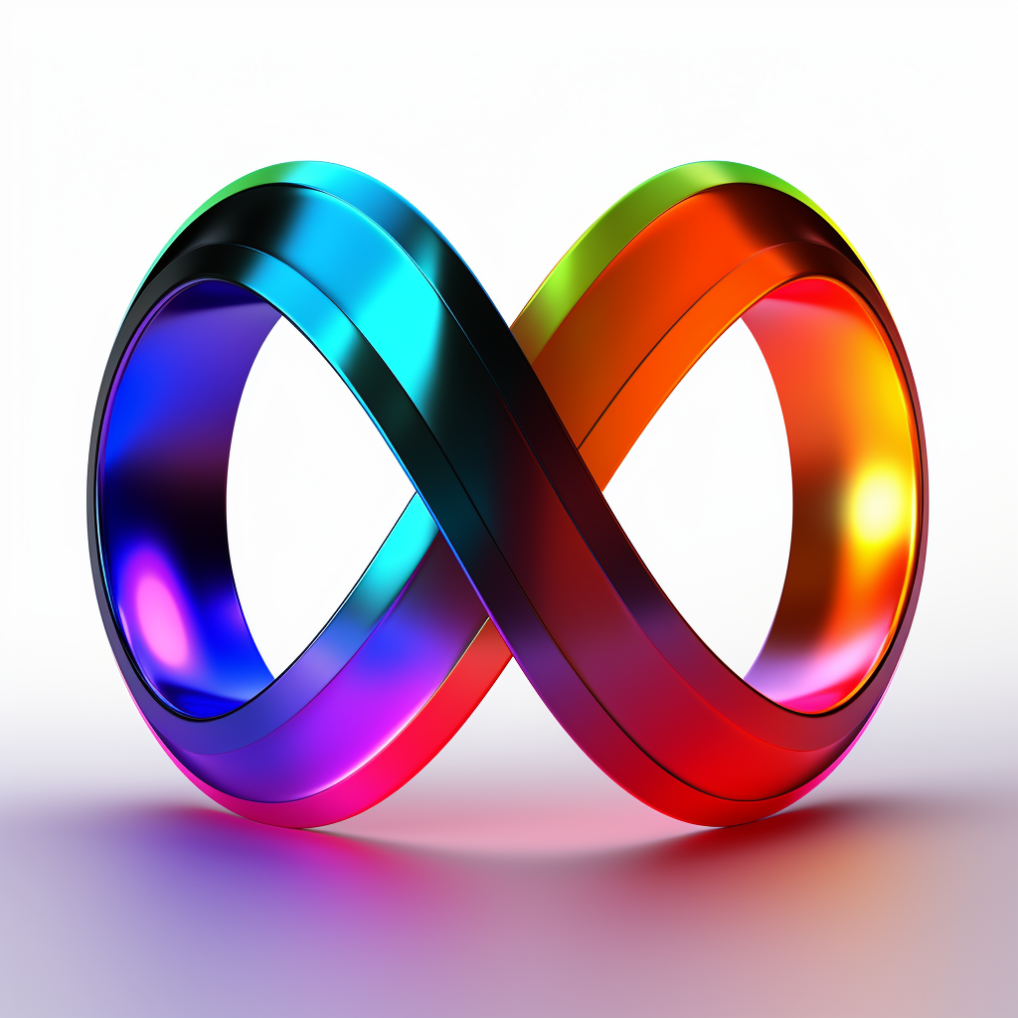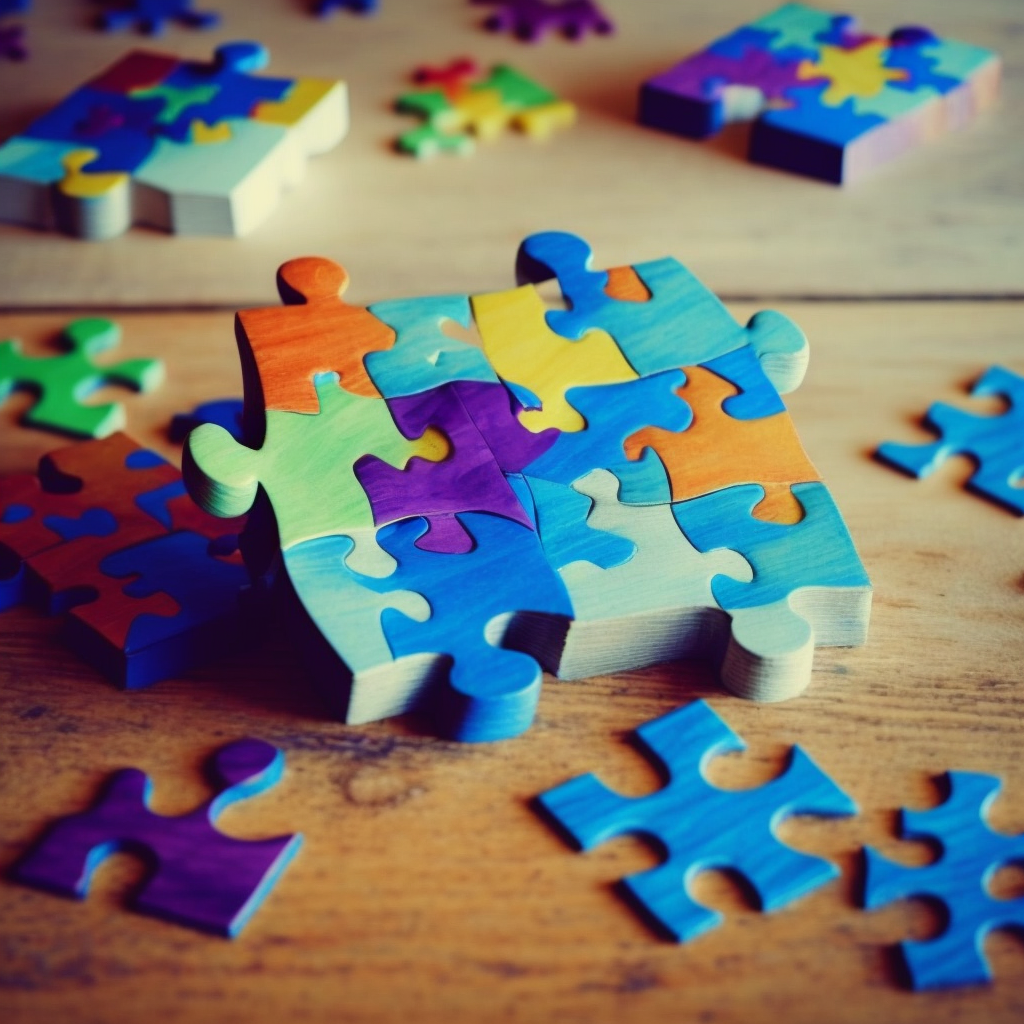Understanding Autism: The Significance of Colors and Symbols

Table of Contents
- Introduction
- The Autism Puzzle Piece: A Symbol of Complexity
- The Rainbow Spectrum: A Colorful Representation of Diversity
- The Autism Awareness Ribbon: A Badge of Recognition
- Colors of Autism: Blue, Red, and Yellow
- The Butterfly and Infinity Symbol: Symbols of Change and Inclusivity
- Conclusion
Introduction
Autism, a complex neurological disorder, impacts communication, social interaction, and behavior in diverse ways. It is a lifelong condition that affects individuals differently, resulting in various abilities and challenges. To better understand and represent this diversity, various symbols, colors, and awareness campaigns have been associated with autism.
One of the most recognizable symbols of autism is the puzzle piece. This symbolizes the complexity of the disorder and the feeling that individuals with autism are unique and don’t quite “fit” into society’s expectations. The puzzle piece also represents the idea that everyone can contribute something valuable, fitting together like puzzle pieces to create a complete picture.
In addition to the puzzle piece, blue has become a universal symbol for autism awareness. The “Light It Up Blue” campaign, initiated by Autism Speaks, encourages people to wear blue and light up landmarks and buildings with blue lights during April, Autism Awareness Month. This campaign aims to raise awareness and promote the acceptance of individuals on the autism spectrum.
It is important to note that some individuals within the autism community have expressed concerns about the puzzle piece symbol and the “Light It Up Blue” campaign. They argue that these symbols and campaigns can perpetuate a narrative that autism is a problem to be solved rather than an integral part of an individual’s identity. These perspectives highlight the need for ongoing discussions about representation and inclusivity.
Ultimately, the symbols and colors associated with autism serve as a way to start conversations and bring attention to a neurological condition that affects millions of people worldwide. By promoting understanding, acceptance, and support, we can create a more inclusive society for individuals with autism and their families.
The Autism Puzzle Piece: A Symbol of Complexity

The puzzle piece, the most recognized symbol of autism, was first introduced by the National Autistic Society in the UK in 1963. It stands as a metaphor for the complexity and enigma of autism, portraying individuals with autism as integral pieces of the societal puzzle. This symbol has since been widely adopted globally to raise awareness and promote inclusivity.
Autism, also known as Autism Spectrum Disorder (ASD), is a neurodevelopmental disorder that affects individuals differently. Challenges in social interaction, communication difficulties, and repetitive behaviors characterize it. However, it is essential to note that autism is a spectrum disorder that manifests differently in each person.
While some individuals with autism may have difficulties with verbal and nonverbal communication, others may excel in areas such as memory, attention to detail, or problem-solving skills. It is this wide range of abilities and strengths within the autism spectrum that makes every individual unique.
Recognizing and understanding the early signs of autism is crucial for early intervention and support. Some common early symptoms may include delayed speech and language development, lack of eye contact, difficulty with social interactions, repetitive behaviors, and intense preferences for certain routines or objects.
It is essential to promote acceptance and inclusivity for individuals with autism by creating a supportive and understanding environment. Educating ourselves and others about autism can help foster empathy and create a more inclusive society.
If you want to dig deeper into autism, numerous resources are available, including books, websites, and support groups. Remember, each individual with autism has their own story, abilities, and challenges, and by embracing diversity, we can create a world where everyone feels valued and included.
The Rainbow Spectrum: A Colorful Representation of Diversity

With its vivid colors, the rainbow spectrum is a powerful visual representation of the diverse spectrum of autism symptoms. Just like the different hues of the rainbow coming together harmoniously, individuals with autism exhibit a broad spectrum of abilities and challenges.
The symbol of the rainbow spectrum has become synonymous with autism awareness and acceptance. It serves as a rallying symbol for the neurodiversity movement, promoting the idea that autism is not a disorder to be cured but rather a unique neurological variation to be understood and embraced.
In addition to the rainbow spectrum, other symbols associated with autism include the puzzle piece logo, representing the complexity and mystery of autism, and the infinity symbol, conveying the endless potential and continuous growth individuals with autism possess. The autism awareness ribbon, typically blue, red, and yellow, further highlights the importance of spreading understanding and support for those affected by autism.
By utilizing these symbols, individuals and organizations aim to foster a greater sense of understanding, inclusion, and acceptance for the autism community. Through education, advocacy, and embracing neurodiversity, society can work together to create a more inclusive and accommodating world for individuals with autism.
The Autism Awareness Ribbon: A Badge of Recognition

The autism awareness ribbon, adorned with bright colors like red, yellow, and blue, promotes awareness and understanding of autism. Worn predominantly during Autism Awareness Month in April, the ribbon’s colors reflect the diversity of the autism spectrum and the hope for a brighter future for those affected.
Autism, a neurodevelopmental disorder, is characterized by difficulties in social interaction, communication challenges, and restricted or repetitive behavior patterns. It is essential to raise awareness about autism to enhance acceptance and inclusion in society. The ribbon is a powerful symbol, raising eyebrows and sparking conversations about autism.
During Autism Awareness Month, various events and initiatives occur worldwide to shed light on this condition. Organizations, communities, and individuals come together to educate, support, and empower individuals with autism and their families. Advocacy efforts focus on promoting acceptance, understanding, and inclusivity.
The visually striking colors of the autism awareness ribbon carry significance. Red represents the passion and determination of individuals with autism. It signifies their strength in overcoming challenges and embracing their unique abilities. Yellow embodies warmth, hope, and optimism, symbolizing a brighter future for those with autism. Blue stands for tranquility, representing the calm and peaceful environment that autistic individuals thrive in.
By wearing the autism awareness ribbon, people demonstrate their support for those affected by autism, showing solidarity and understanding. This simple gesture helps to create a more inclusive society that respects neurodiversity and recognizes the invaluable contributions that individuals with autism bring to the world.
In conclusion, the autism awareness ribbon is a beacon of hope and understanding. It catalyzes conversations, education, and advocacy. By promoting awareness and acceptance, we can create a world that celebrates the uniqueness of those on the autism spectrum.
Colors of Autism: Blue, Red, and Yellow

Blue, a calming color, is frequently associated with autism as it can help individuals feel more relaxed and comfortable. This connection stems from the calming effect of blue hues on the human mind and body. The color blue has been found to reduce anxiety, promote a sense of tranquility, and improve focus and concentration.

Similarly, red, a vibrant and energetic color, draws attention and raises awareness about autism. Red’s bold and eye-catching nature makes it a practical choice for bringing visibility to the challenges faced by individuals on the autism spectrum. Advocates and organizations aim to foster greater understanding and acceptance by incorporating red into various awareness campaigns and events.

On the other hand, yellow, a bright and cheerful color, promotes positivity and optimism within the autism community. It signifies hope and the potential for growth and development. Throughout the years, yellow has become a symbol of resilience and strength for individuals on the autism spectrum, as well as their families and supporters.
In conclusion, using different colors, such as blue, red, and yellow, significantly raises awareness, promotes well-being, and fosters community within the autism spectrum. Each color carries its unique symbolism and helps create a more inclusive and understanding world for individuals with autism.
The Butterfly and Infinity Symbol: Symbols of Change and Inclusivity
The butterfly, a proposed replacement for the puzzle piece, has gained popularity as a symbol of autism acceptance and neurodiversity. The vibrant and delicate creature represents the beauty and uniqueness of individuals on the spectrum. As a butterfly transforms from a caterpillar to a majestic insect, people with autism can also experience personal growth and development.
The butterfly symbol resonates with embracing diversity and recognizing the strengths and abilities of individuals with autism. It encourages society to move away from stereotypes and misconceptions and celebrate the wide range of talents and perspectives within the autism community.
Alongside the butterfly, the infinity symbol is another emblem that promotes inclusivity and acceptance. Often displayed with rainbow or solid colors, it represents the infinite potential and infinite value of individuals on the autism spectrum. The never-ending loop of the infinity symbol serves as a reminder that there are no limitations to what people with autism can achieve.
Together, the butterfly and infinity symbols create a powerful visual representation of the autism community. They encourage us to reject outdated notions and instead embrace the richness and complexity of neurodiversity. By embracing these symbols, we can foster a more understanding, inclusive, and supportive society for individuals with autism.
Conclusion
Autism symbols and colors are more than just representations. They are powerful tools that foster understanding, acceptance, and respect for individuals with autism. By recognizing the meanings behind these symbols, we can contribute to a more inclusive society that values the unique experiences and strengths of those on the autism spectrum. If you suspect you or a loved one might be on the autism spectrum, consider taking our AQ Test or learn more about diagnosing autism.



2 Responses
[…] is a complex neurological condition that manifests in various behaviors, communication styles, and sensory sensitivities. It […]
[…] Early recognition of these signs of autism in girls can lead to timely support and interventions, reducing the long-term impact on their mental health and well-being. By raising awareness of the unique presentation of autism in girls, we can foster a more inclusive and supportive environment for everyone. […]